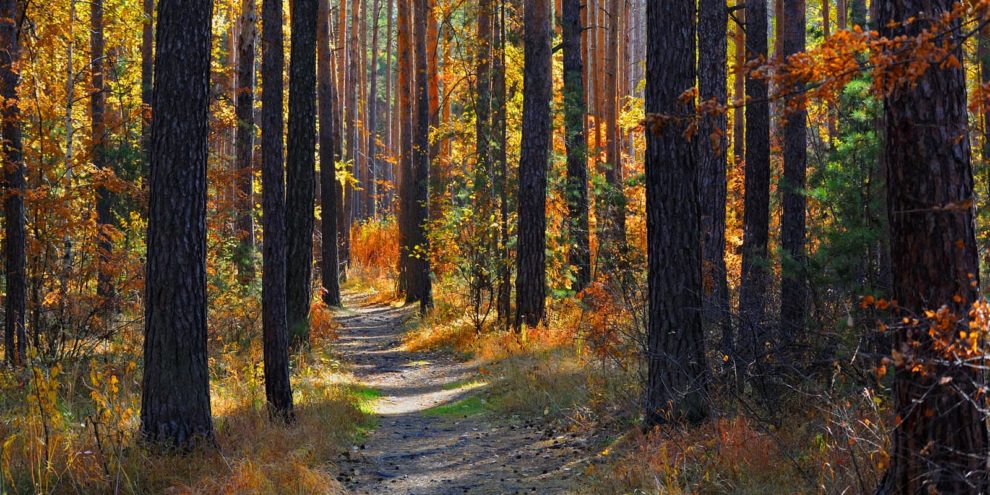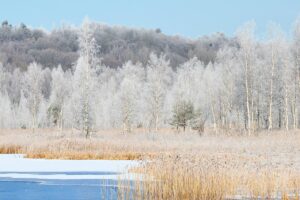Recreational land buyers often know little about how to factor the quality and value of timber into their buying decisions. But given that most any recreational tract will have some timber on it, it’s important to determine up front how much timber matters to you as a buyer. Then, as you consider different tracts, you’ll need to understand the long-term value of the timber on those properties.
So where does a buyer start? First, it’s important to work with a real estate broker that has forestry experience or has access to foresters who can offer advice. Brokerages like PotlatchDeltic’s Arkansas Preferred Broker, Davis DuBose Knight Forestry & Real Estate (DDK), specialize in rural and recreational land sales and have brokers with training, certifications and experience in forestry.
Timber considerations can have a significant impact on your buying decision in several meaningful ways – they may be a big factor in your financial plans for the property, and they may be a key part of your evaluation of a tract for its quality of wildlife.
As you get started in this learning process, it can be helpful to get some basic questions answered. Here are five questions and answers that Ray Galloway, DDK Partner and Senior Forester, believes can be of value:
As you assess a property, what should you consider when it comes to timber?
The types of trees on a tract are important, and, the age and health of the trees also comes into play. A forester can produce a report with stand maps, tonnage, trees per acre and basal area. By doing smart sampling, the forester can make well-informed estimates you can use to determine the potential for harvesting.
Also, consider how close a property is to lumber mills – better accessibility will help value. And think about whether the property can be logged only in the summertime or all year long. Considering the size of timber harvesting equipment, a tract that’s less than 40 acres is not ideal for most harvesting crews since a larger harvest is needed to yield a profit after covering production costs.
How do you consider hardwoods vs. pines as you evaluate timber harvesting potential?
Both pines and hardwoods have value, and there is a good lumber market for both. We remind buyers that pine forests typically mature around age 30, while hardwoods mature at closer to 100 years. So it’s important to do harvest planning with this in mind. With pine plantations, you can do a thinning of the forest near 15 years, then another near age 21, and then a total harvest near year 30. With hardwoods, thinning will occur far less often.
For hardwoods, oaks like white oak or red oak will have a higher value than other types of hardwoods, like hickory, sweetgum, or elm. And while pines have a lower value, they will mature more rapidly.
On the recreational side of the purchase, how do trees enhance the quality of wildlife?
Having trees of different ages and types throughout a property is better for wildlife quality than having timber of just one type or age. A younger, dense tree stand can provide better cover for wildlife, while older trees can provide better opportunities for wildlife to forage.
What are some ways a recreational property owner might want to use proceeds from timber harvests?
Some owners use proceeds from timber harvests for debt reduction if there is a loan on the property. Others re-invest in their properties, whether it’s putting in a gravel road, improving timber stands, doing controlled burns, or building a cabin or food plots.
Are there any signs that the timber market will cool off, given that economists expect the hot housing market to continue into 2022?
In the Southeast U.S., we are growing more wood than we are selling – there is an oversupply. But countering that trend is that lumber demand is very strong. More lumber mills are making gains in productivity, which will help in meeting this increased demand, and experts are currently bullish on the prospects for the lumber market.
Written by Ray Galloway. Based in Texarkana, Arkansas, Ray is a Partner and Senior Forester with Davis DuBose Knight Forestry & Real Estate, a member of the PotlatchDeltic Preferred Broker Network.
This content may not be used or reproduced in any manner whatsoever, in part or in whole, without written permission of LANDTHINK. Use of this content without permission is a violation of federal copyright law. The articles, posts, comments, opinions and information provided by LANDTHINK are for informational and research purposes only and DOES NOT substitute or coincide with the advice of an attorney, accountant, real estate broker or any other licensed real estate professional. LANDTHINK strongly advises visitors and readers to seek their own professional guidance and advice related to buying, investing in or selling real estate.










Add Comment